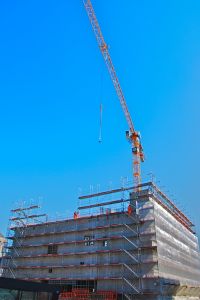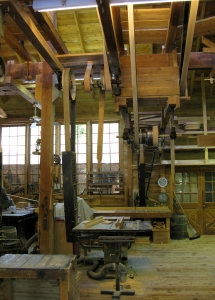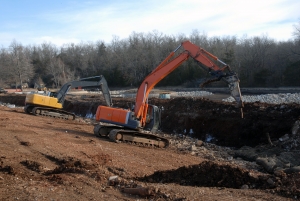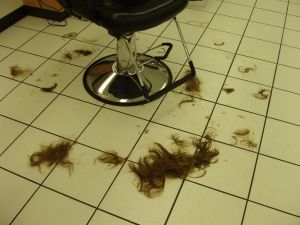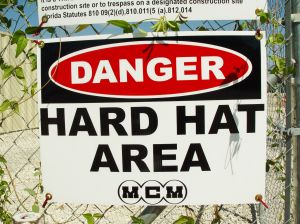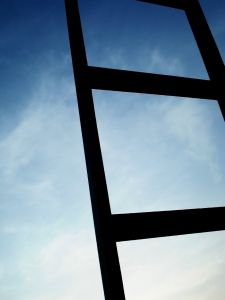Our Boston personal injury lawyers warn you to watch for bicyclist as the weather warms up. Cycling is a wonderful activity for the whole family, but stay alert to prevent a Massachusetts bicycle accident.
According to Mass.gov children ages 5-18 make up more than 50 percent of all non-fatal bicycle injuries in Massachusetts.
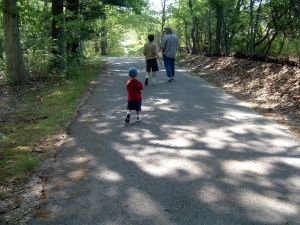
Every year nearly 5,600 children go to the hospital or are hospitalized for injuries sustained while bicycle riding. Boys 10-14 receive the most non-fatal bike riding injuries and they are 3 times more likely to get hurt riding a bike than girls.
The most frequent cause of death sustained while riding a bicycle is a head injury. Falling off a bike without a helmet can easily cause a traumatic brain injury or a skull fracture. Head injuries can be reduced up to 85 percent by wearing an approved bicycle helmet. In a recent Safekids study, 52 percent of kids ages 5 to 14 were observed not wearing a helmet. Almost half the kids wearing helmets had them on incorrectly.
Massachusetts requires an approved properly fitting helmet be worn by riders under age 17.
In 2009, nationally 630 bicyclists lost their lives in traffic-related crashes, another 51,000 were injured, according to the National Highway Traffic Safety Administration. Nearly 70 percent of the accidents happened in urban areas and most were non-intersection related. Almost 3 out of 4 fatal accidents happen during the day and the average age of those killed was 41. Males account for most of the fatalities and injuries from cycling. Alcohol was a factor in 40 percent of cyclist’s deaths, either by the rider or the driver.
Children under age 16 made up 13 percent of all cyclists killed and accounted for 20 percent of those injured.
Massachusetts had 6 bicycle fatalities in 2009.
Kids can be safer by following these bike riding tips:
-Wear a helmet and be visible to motorists.
-Check your equipment before heading out, especially your brakes.
-Ride with the flow of traffic, never against it.
-Obey traffic laws.
-Yield to traffic.
-Signal your turns, be predictable.
-Be alert, take out the ear buds.
-Always look before making a turn.
-Watch out for parked cars opening their doors.
Continue reading
 Boston Personal Injury Attorney Blog
Boston Personal Injury Attorney Blog





